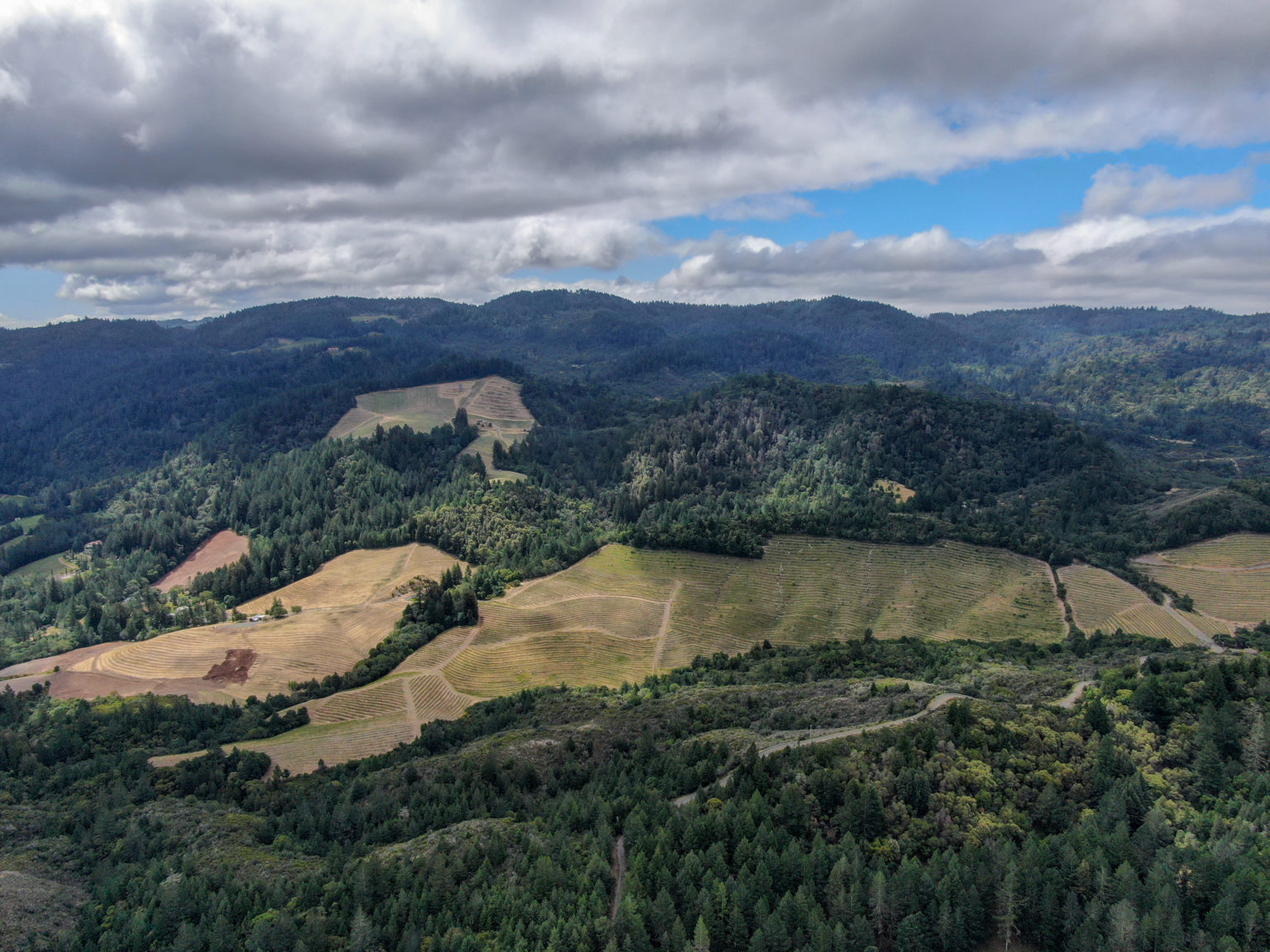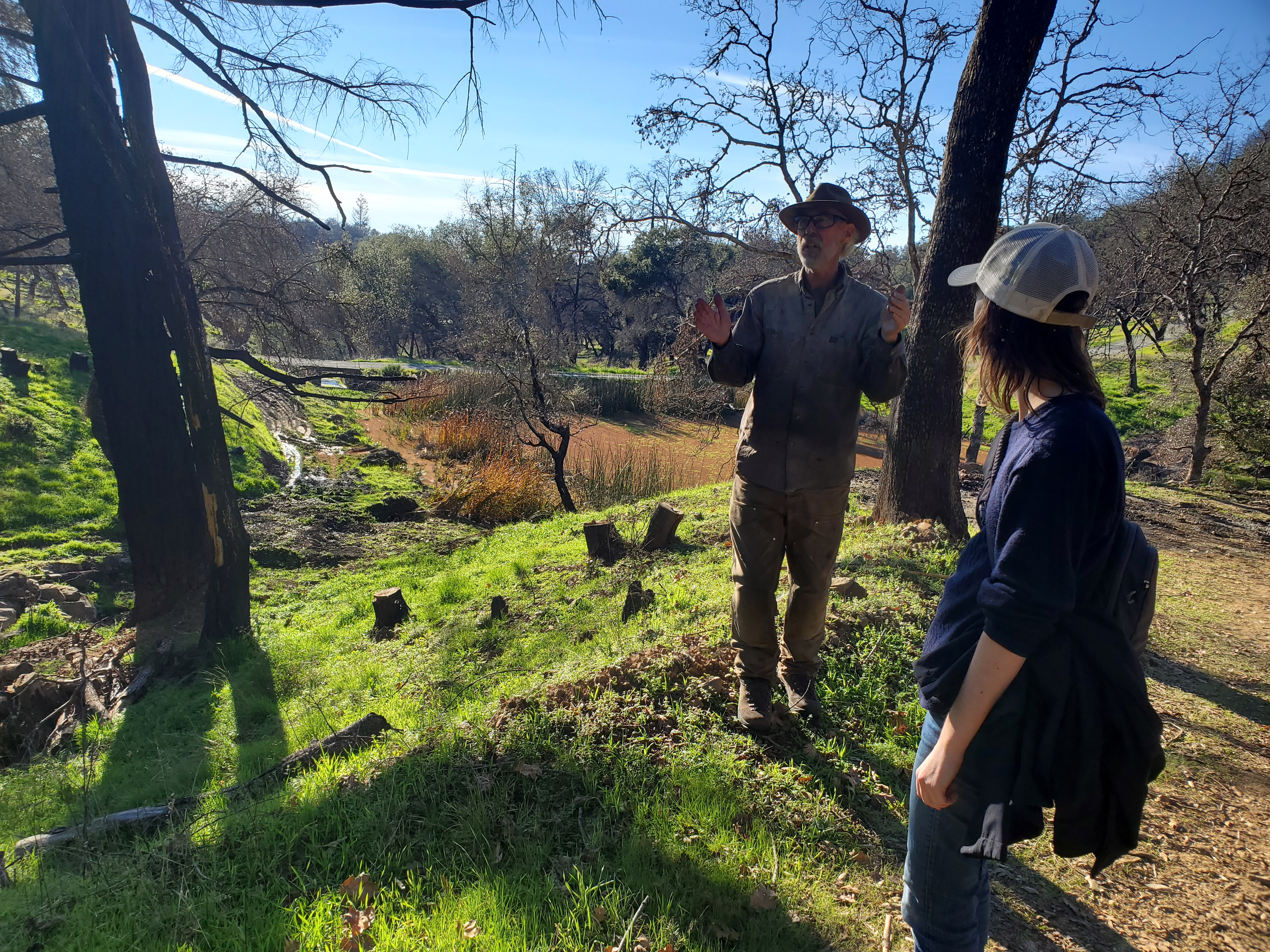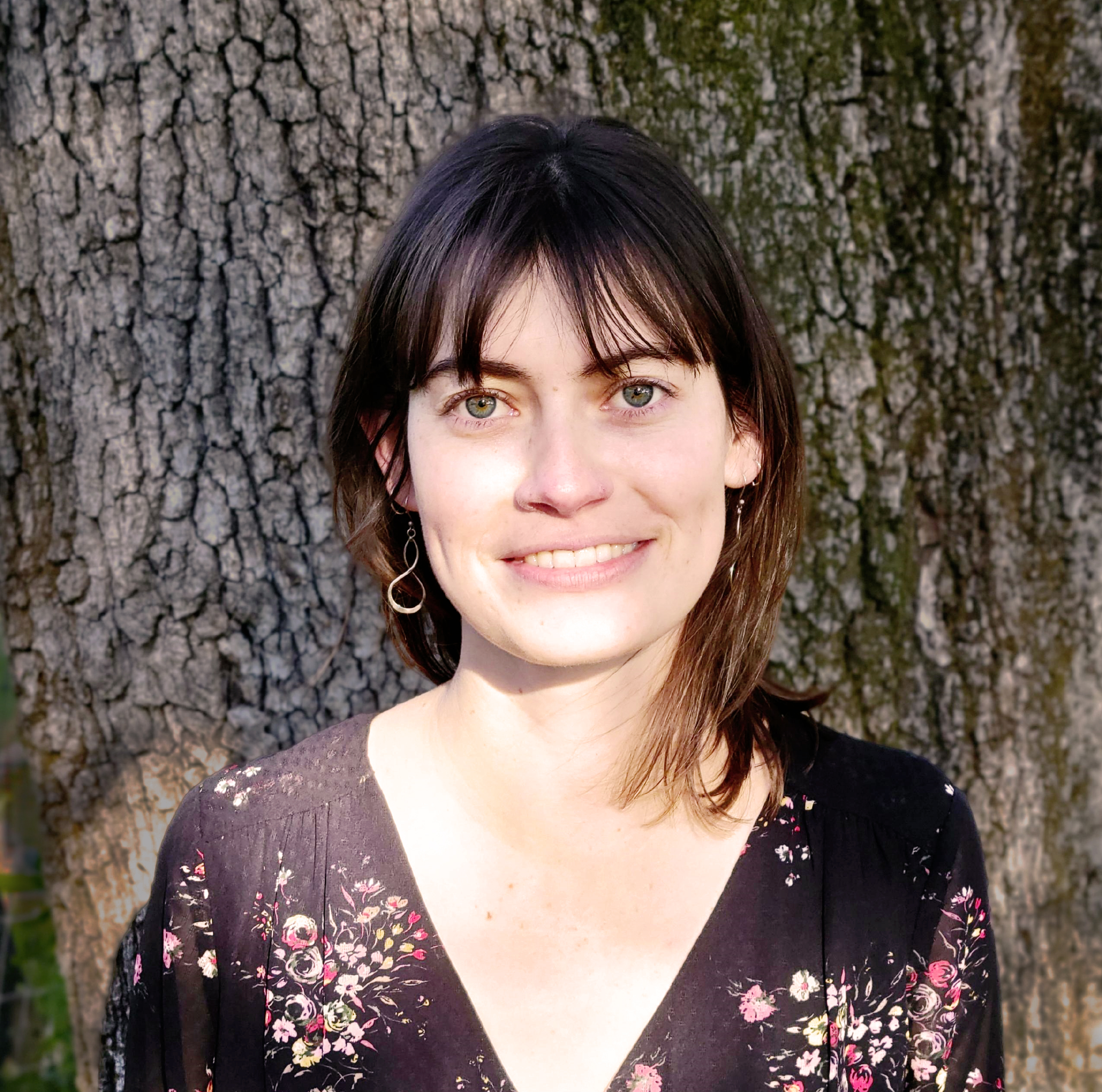The Necessity of the North Bay Forest Improvement Program
As the weather gets warmer and drier and we head quickly into the midst of wildfire season, it is a fitting time to highlight the importance of vegetation management.
It is easy to understand how the actions you take in your own yard and around your house can help protect your belongings from wildfire damage, but it is often harder to see how those actions you take can also impact your neighbors and beyond.
And what about these large areas of forest in the area that seem too big to tackle? How can we make collective progress on these more difficult areas? The North Bay Forest Improvement Program (NBFIP) provides essential help for this work.
Vegetation management on both large and small scale
Residents can start by managing vegetation on the small scale around the house: this means thinning overgrown vegetation, cutting back woody perennials, limbing up (removing the lower branches on trees), reducing fuel ladders, cutting back ground covers, and more.
If you own a larger property, perhaps with acres of forested land, this means that by thinning, pruning, chipping, or piling and burning (when permitted), you are keeping that forest healthy while also reducing wildfire risk. The large scale of vegetation management comes into play when we expand beyond our own property and imagine how we take action along with our neighbors, the whole neighborhood, and eventually the whole region.

Landscape as a mosaic
Forests pose a risk when it comes to extreme wildfire, especially if they are crowded or unhealthy. Envision a region where every parcel of forested land is maintained and healthy, versus a region where only a few sparse landowners maintain their forest, and what the difference might be in those two regions when a wildfire blazes through. What might be the impact on the rural homeowners situated next to those forest parcels, or the behavior of a wildfire as it flows from forested land towards a suburban area. There are a lot of unknowns around wildfire behavior, but healthy forests are one important piece of the solution.
Who owns our forestland?

We’ll take Sonoma County, for example. Imagine what the county looks like from above, picture the mosaic of differing land uses and habitat types. Visualize the pockets of forest among neighborhoods and rural property and agricultural land. Sonoma County is highly parcelized, with over 513,000 acres of coniferous forest and oak woodland, yet a third of it is within parcels of 100 acres or less. Of the coniferous forestland, 68% is within parcels of 50 acres or less.1 Forestland divided between more landowners means that more landowners need to participate in forest management activities for the benefit of the whole region.
The North Bay Forest Improvement Project's role
There is a very simple reason why After the Fire's North Bay Forest Improvement Project (NBFIP) is necessary. Healthy forested land is important to the resilience of our local area and greater region. But landowners may lack the funds or the expertise needed for management of their forest, and that is where NBFIP comes in. Our program coordinates the work between agencies, bringing together experts, and garners and manages the government grant funds to get more of this work done. The program helps landowners improve their forest through guidance, technical assistance, working with a forestry specialist local to your area, and reimbursement for a portion of your project costs (percentage is dependent on whether you live in a census-designated Disadvantaged Community or not). NBFIP currently serves Sonoma, Napa, Mendocino, and Lake Counties.

Returning to this idea of vegetation management at both a small and large scale, NBFIP and similar programs help fulfill both of these goals. And by finding the resources and expertise to do this work, you are helping protect not only your own land, but that of your neighbors and greater community. And the more landowners in the area who motivate to keep forested land healthy, the more resilient the region.
--> For more information about NBFIP visit our Before the Fire Program webpages.
Notes and Sources:
Corresponding graphic sources:
USDA Forest Service. 2021. Family forest (10+ acres) ownership characteristics: California, 2018. Res. Note NRS-267. Madison, WI: U.S. Department of Agriculture, Forest Service, Northern Research Station. 2 p. . https://doi.org/10.2737/NRS-RN-267
USDA Forest Service. 2021. Family forest (10+ acres) ownership characteristics: Western United States, 2018. Res. Note NRS-257. Madison, WI: U.S. Department of Agriculture, Forest Service, Northern Research Station. 2 p. https://doi.org/10.2737/NRS-RN-257
USDA Forest Service. 2008. Who Owns America's Forests? Forest Ownership Patterns and Family Forest Highlights from the National Woodland Owner Survey. NRS-INF-06-08. Madison, WI: U.S. Department of Agriculture, Forest Service, Northern Research Station. 8 p. https://www.nrs.fs.fed.us/pubs/inf/NRS-INF-06-08.pdf

